Energy service agreements 101
Energy services agreements (ESA) are not common in Australia, but they have been put to good effect elsewhere, including in the United States and Europe, so offer a potential financing mechanism that could be embraced by Australian manufacturers.
In an ESA the provider designs, constructs, owns and operates the equipment in a long-term services arrangement. The customer pays fees to cover operations and maintenance costs – including energy costs – and repays capital and implementation costs. The fees are indexed to consumer price indices, labour rates, and to the price of energy. Like energy performance contracts (EPC), ESAs guarantee savings.
Businesses can typically purchase equipment at the end of an ESA, like they can with asset/equipment leases. An ESA provides the end-to-end delivery of energy efficiency and renewable energy projects, with businesses having the option to use traditional financing options, or have finance provided by the ESA provider in much the same way an energy services company (ESCO) would finance an EPC.
ESAs are advantageous as they are off balance sheet with payments tax deductible as operating expenses. Additionally, like with EPCs, the operating risks are transferred to the ESA provider, which is incentivised to maximise energy savings.
Conversely, ESAs can be higher cost than using other finance options in isolation, due to the transfer of risks to the ESA provider. This means that providers will typically only undertake projects that require significant ongoing maintenance.
Like the market for EPCs, ESA are at an early stage of maturity in Australia and are typically only available for large projects.
Click here to return to the Energy financing and funding 101 page.

